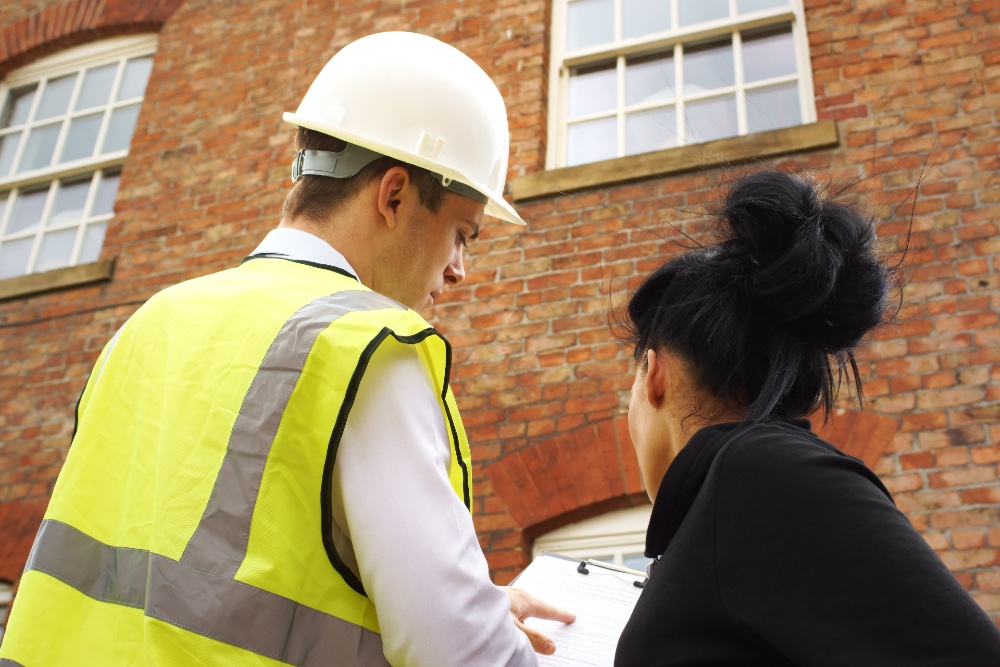

The Grenfell Tower fire which occurred in 2017 stands as one of the greatest tragedies in modern British history. The inferno claimed 72 lives and injured 70 more, as residents desperately tried to escape from their homes in the 24-storey tower block in North Kensington.
This catastrophe cast a harsh light on the risks of flammable exterior cladding and the critical need for stringent safety regulations to protect people in multi-occupancy buildings. In the aftermath, the terms ACM cladding and ACM panels became synonymous with the Grenfell disaster. But what exactly are these products, and what hazards do they pose?
What are aluminium composite panels and are they safe?
Aluminium composite panels (ACM) are lightweight cladding panels that are meant to be ideal for external building facades and fascia to improve the aesthetic appeal and durability of buildings. The flat panels consist of two thin aluminium sheets bonded to a non-aluminium core. When correctly specified, installed and officially certified according to building regulations, this material offers several advantages.
These include:
- Robust durability and lightweight
- High weather resistance, particularly against rain
- Cost-effectiveness
- Easy installation
- Low maintenance
ACM panels are often made with various types of cores that should be strictly reviewed and assessed for suitability and safety. These include mineral fibre (usually stone mineral wool), PUR (polyurethane) foam, PIR (polyisocyanurate) foam, polystyrene and PF (phenolic foam).
The key criteria here are the height of the structure the panels are used for and their fire-resistant capabilities. Because ACM cladding is a combustible material, it can contribute to the rapid spread of fire and release toxic fumes in the event of a fire. In the case of the Grenfell Tower disaster, the fire started in a kitchen on the fourth floor but very quickly spread to upper floors via the ACM cladding which was installed to the building’s exterior.
Was cladding the cause of the Grenfell Tower fire?
ACM cladding became notorious following the disastrous Grenfell Tower fire in 2017, when cladding with a polyethylene core was thought to be partly to blame for the rapid spread of the fire around the outside of the 24-storey block of flats.
In the wake of the disaster, it was declared that an electrical fault caused by a faulty fridge-freezer was the cause of the fire. However, following an official inquiry by Sir Martin Moore-Bick, it was deemed that the ACM cladding “acted as a source of fuel” due to the flammable polyethylene core. The Reynobond ACM cladding used was reportedly a ‘cheaper, more flammable’ option, rather than the likes of Reynobond FR or Reynobond A2 which have a fire-retardant and non-combustible core respectively. ACM cladding has also been linked to several other fires, notably the Lakanal House fire in Camberwell in 2009, where six people died.

Does my building have ACM cladding?
If you suspect ACM cladding on your building, the first step is to identify the material. Aviva has produced a handy checklist that highlights key observations when reviewing composite materials.
Check for:
- Two sheets of metal – one external, one internal
- Evidence of core material from joints, damaged sections, holes left from removed services etc.
- Panel identification marks (e.g. UV identification code on internal face, or printed identification tape on panel edging)
- Labels attached to the composite panels
- Panel profile indicating the type of cladding system
The Department for Communities and Local Government has been working with the Building Research Digest to enable fire testing of samples of cladding from high-rise buildings of concern.
Shortly after Grenfell, the Department announced that in buildings with a floor over 18 metres above ground levels, and where ACM panels were identified, it would now be necessary to establish whether the panels comply with Building Regulations guidance, i.e. the core material should be a material of limited combustibility or Class A2.1.
In the years following the Grenfell disaster, close to 500 buildings have been identified as needing cladding remediation to ensure the safety of those who use them. As of February 2023, 95% of all identified buildings have either completed or started remediation work according to the Department for Levelling Up, Housing and Communities.
If you live or work in a building that has ACM cladding, it is important to be aware of the risks and to take steps to stay safe. This may include installing fire alarms and sprinkler systems and having a plan for evacuating the building in the event of a fire. Building owners are responsible for taking steps to mitigate the risks of ACM cladding, which may include removing and replacing the cladding with a safer alternative or installing fire breaks and other safety measures.
Finding ACM cladding: what should you do next?
If you have identified ACM cladding on your building, here are some essential steps you should take:
- Check installation and support documentation to verify that the installation and the panels are approved by LPS 1500 and LPS 1531, and that the approved panels will perform adequately in case of fire.
- Ensure that your building is insured, bearing in mind that each insurer will have their own strategy in respect of underwriting risks containing Aluminium Composite Material. Make sure that you seek your insurer’s direct advice.
- Contact the owner or managing agent of the building. They will be responsible for taking steps to make the building safe.
- Ensure that sufficient fire safety systems are in place, such as alarms and sprinkler systems to reduce the risk of a fire spreading, and a comprehensive evacuation plan for occupants in the event of a fire.
For specialist guidance and advice regarding cladding testing and your property portfolio, please get in touch with a member of the team at Bradley-Mason to discuss your requirements in detail. Our senior team provides expert advice throughout the lifecycle of your property, from building surveys and acquisitions to Reinstatement Cost Assessments (RCAs) and asset disposal. We combine our deep Building Consultancy skills with commercial awareness to fully understand and serve your business needs with a bespoke service to meet your current and future challenges.
DISCLAIMER: This article is for general information only and not intended as advice. Each project has its own set of unique circumstances, all potential issues should be investigated by a surveyor on a case by case basis before making any decision.



